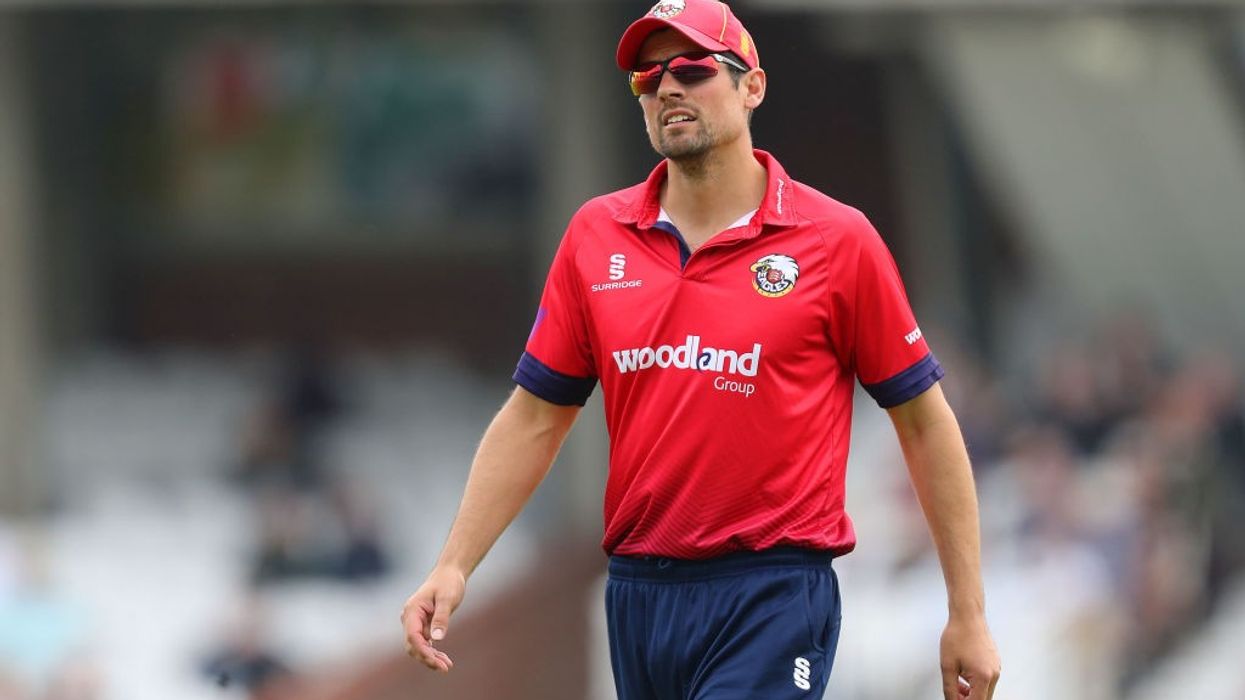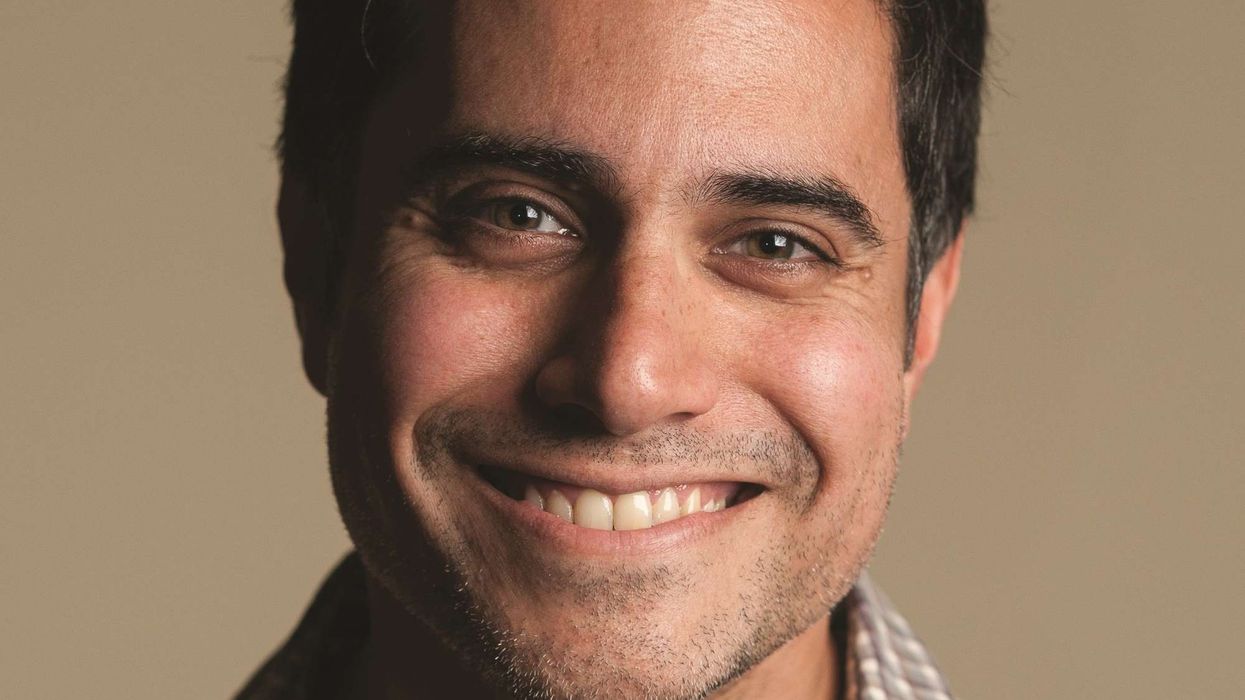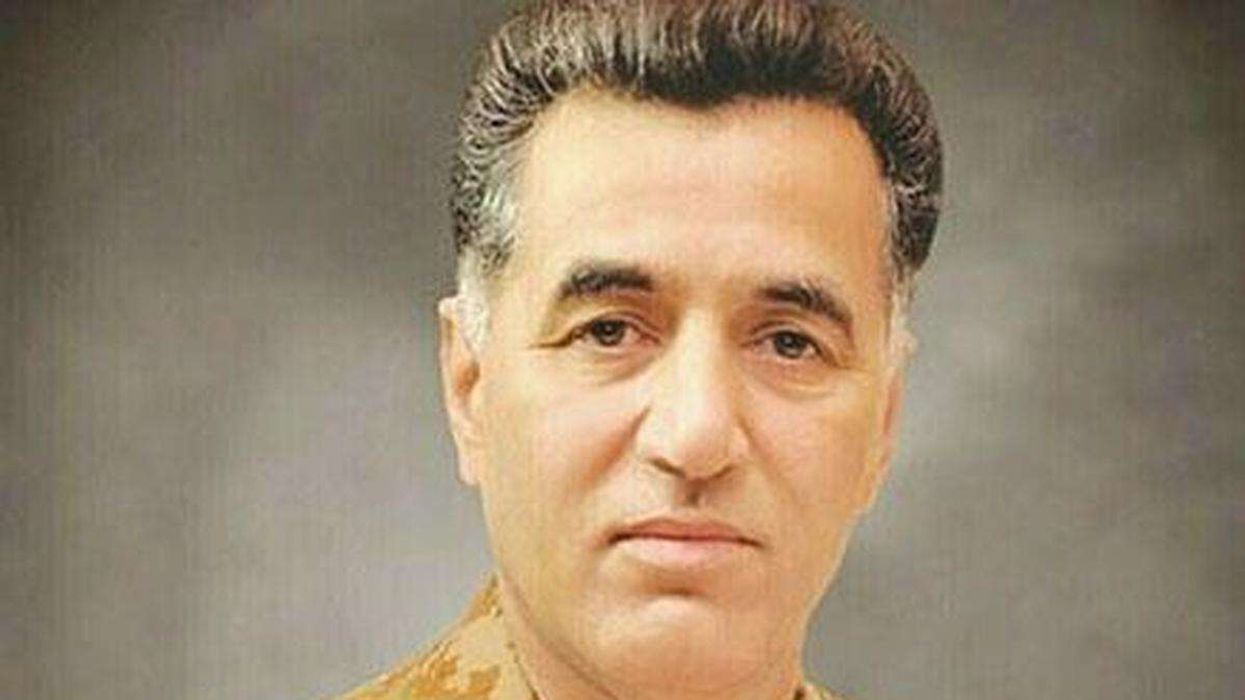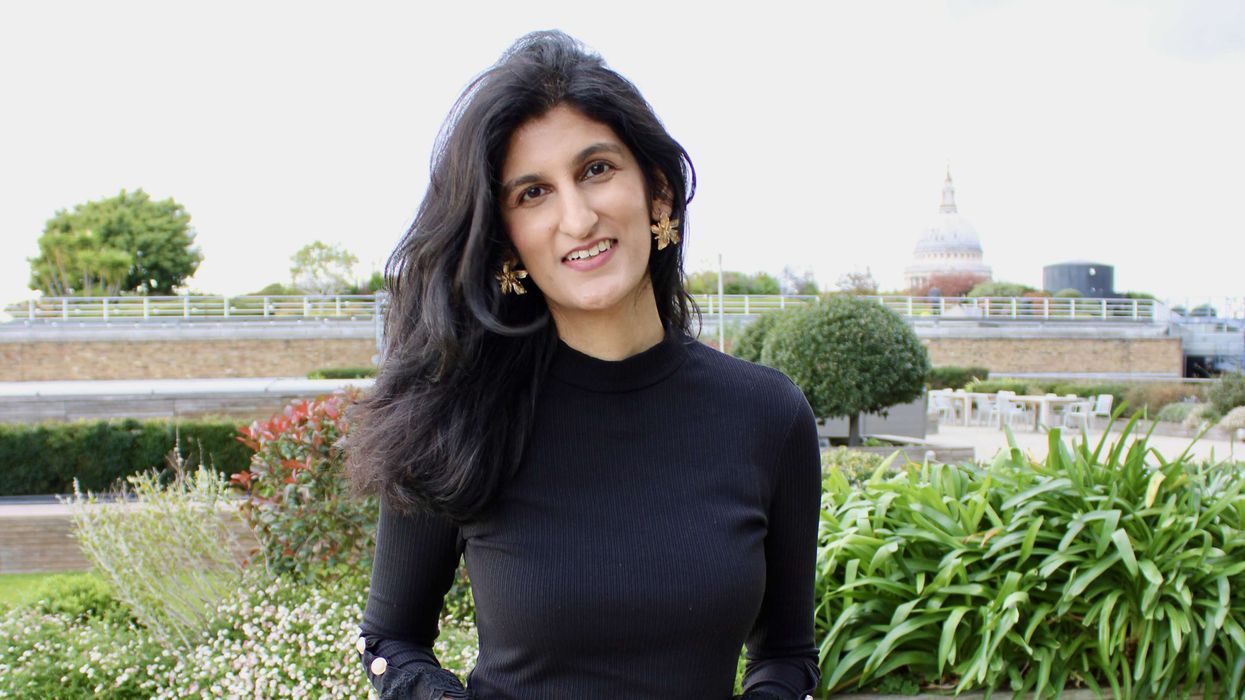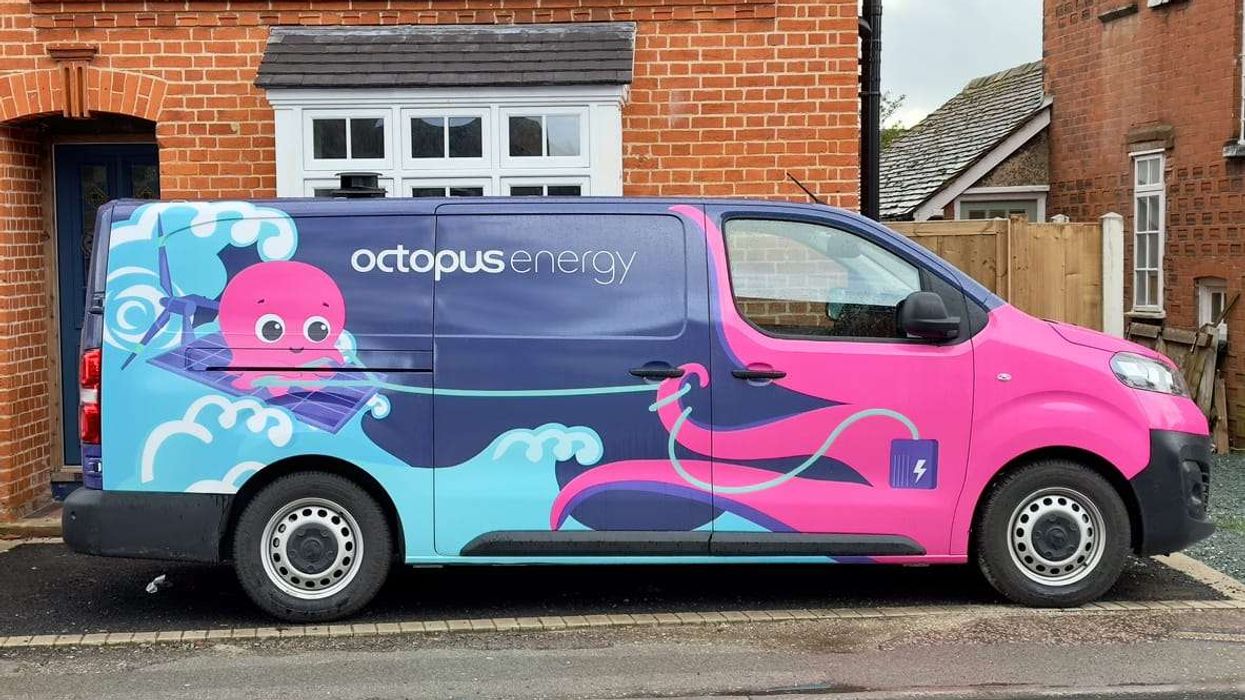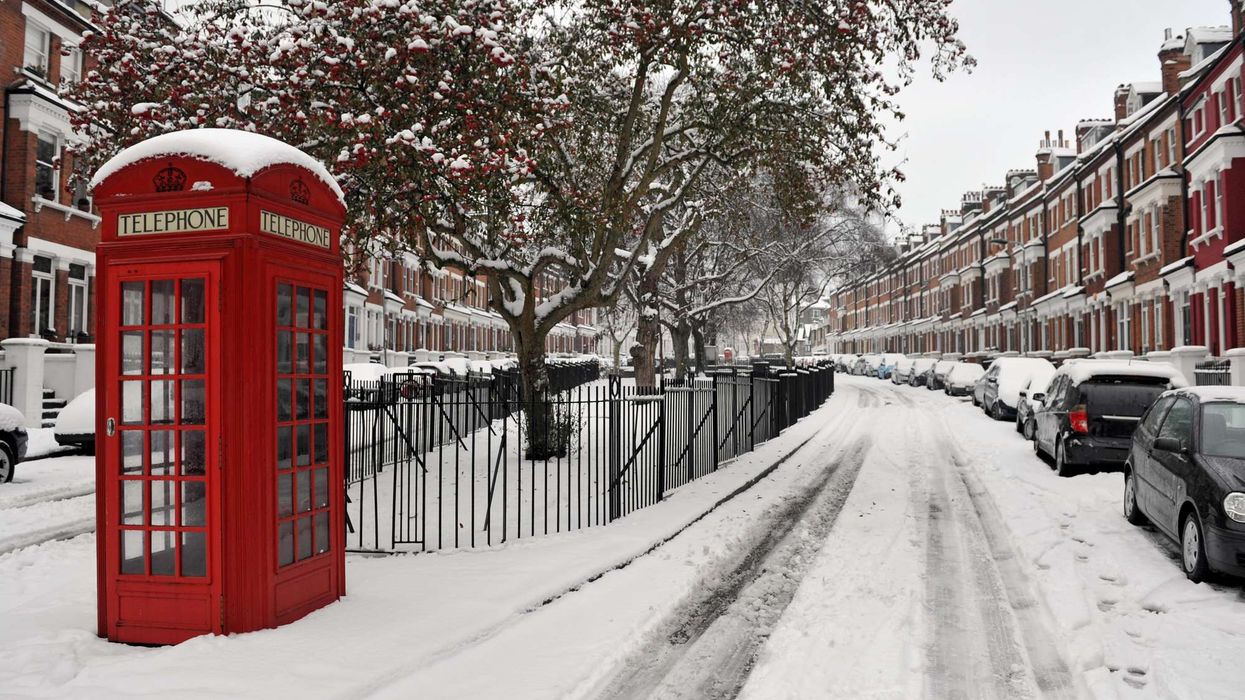ENGLAND have been left "chasing their tail" in the last few Tests due to an incorrect rotation policy which has robbed skipper Joe Root the chance to play his best XI, feels former captain and opener Alastair Cook.
The new rest-and-rotate policy in the wake of the Covid-19 pandemic has seen many of England's top players being left out of the squad in the last eight Tests.
England suffered a 1-3 loss against India despite being up 1-0 and then conceded a 0-1 defeat at home against New Zealand.
"You have to say it hasn't worked for Rooty, and I do genuinely feel sorry for him," said Cook, who was taking part in Yorkshire Tea National Cricket Week alongside the Chance to Shine children's cricket charity, on Monday (21).
"When you're playing for England, or you're the captain, coach or selector, you get judged on end results most of the time and he hasn't had his best players available. You can't buy the experience of Ben Stokes, Jos Buttler, Jonny Bairstow (and) Moeen Ali. Those kinds of players make a big difference," Cook said.
While injuries to key players such as pacer Jofra Archer and all-rounder Ben Stokes have not helped, the problems for England compounded due to the breaks being given to the likes of Jos Buttler, Jonny Bairstow, Chris Woakes, Moeen Ali and Mark Wood.
"The decisions don't seem like they've been made correctly," said Cook, England's all-time leading Test run-scorer.
"It was going so well, winning Test series at home, then Sri Lanka away and 1-0 up against India. Then you rest and rotate players, and ever since that moment on it's been chasing their tail a little bit."
Cook, who led England in 59 Tests before handing the reins to Root in 2016, said fortunately he "never had to captain during a pandemic".
"...I didn't even know what a pandemic was when I was captain -- but you've got a Test captain who hasn't been able to play his best side."
England will take on India in a Test series at home next and Cook warned against any drastic changes to the top order comprising Dom Sibley, Zak Crawley, Ollie Pope and Dan Lawrence.
